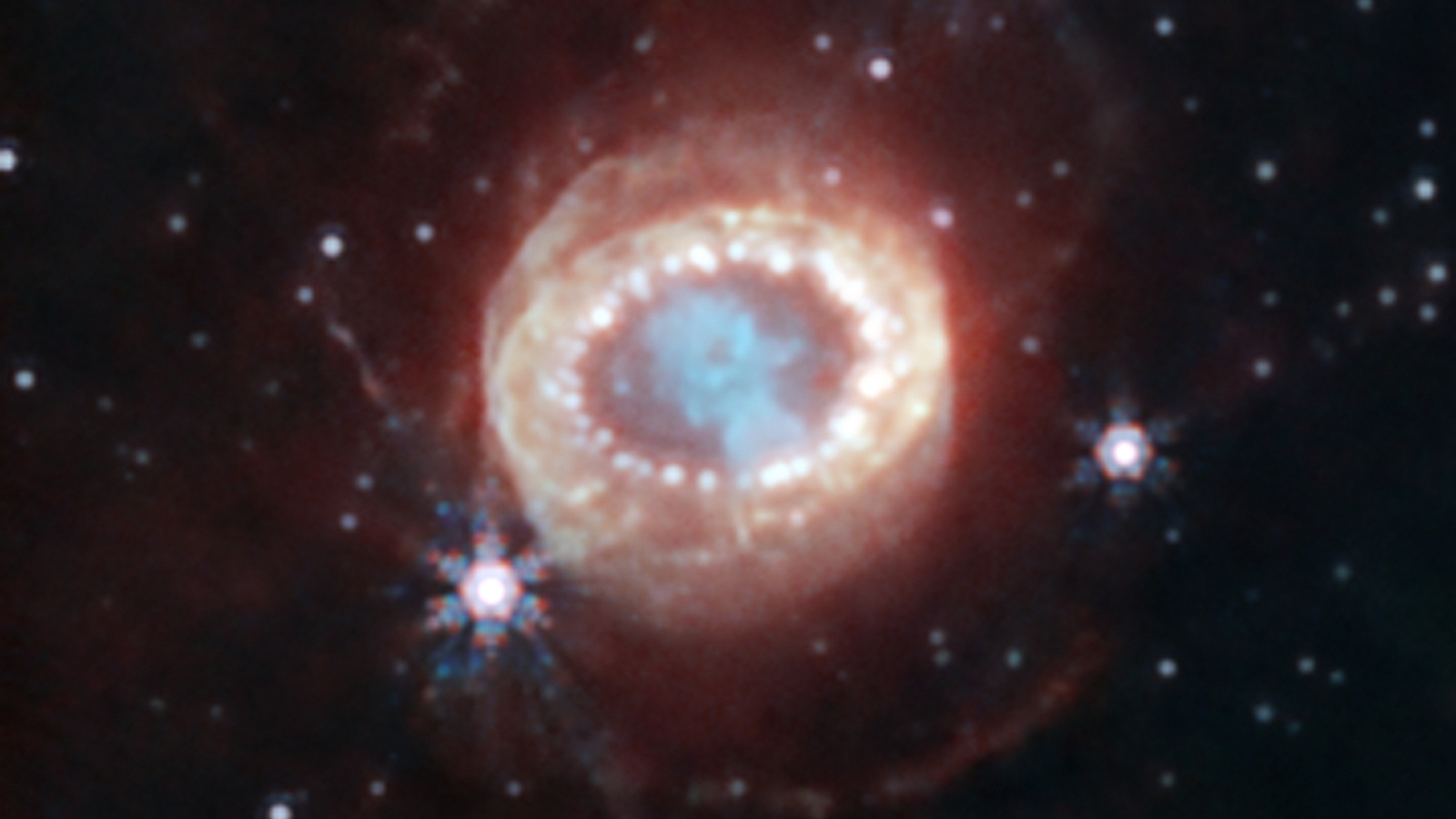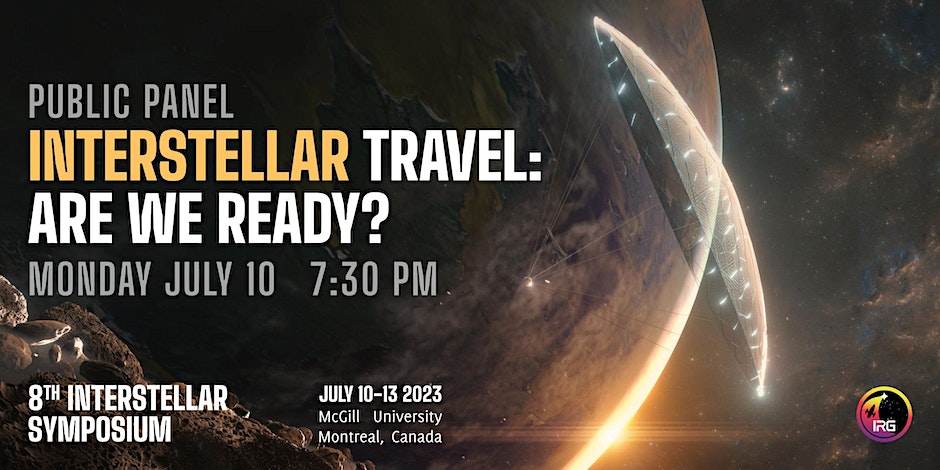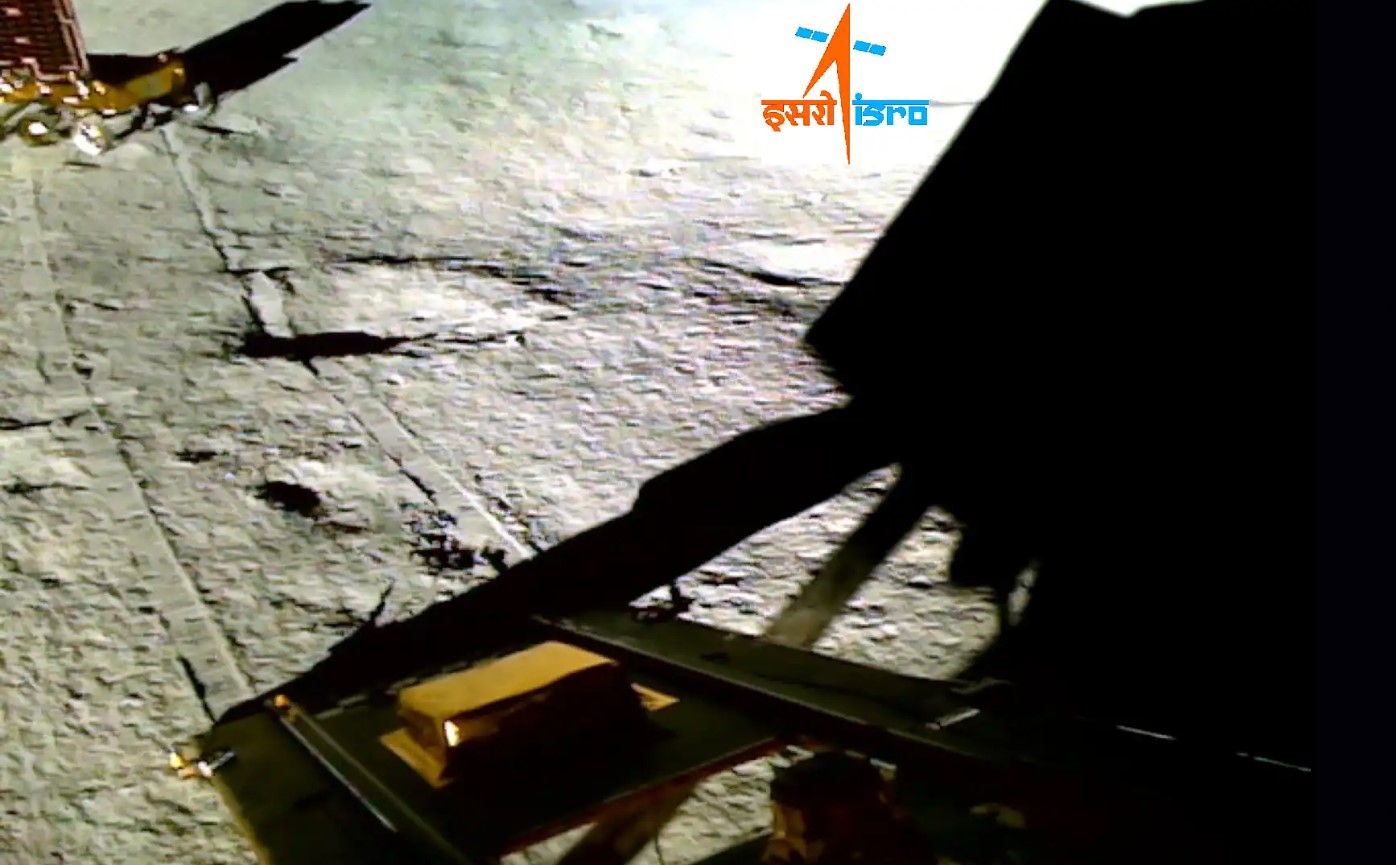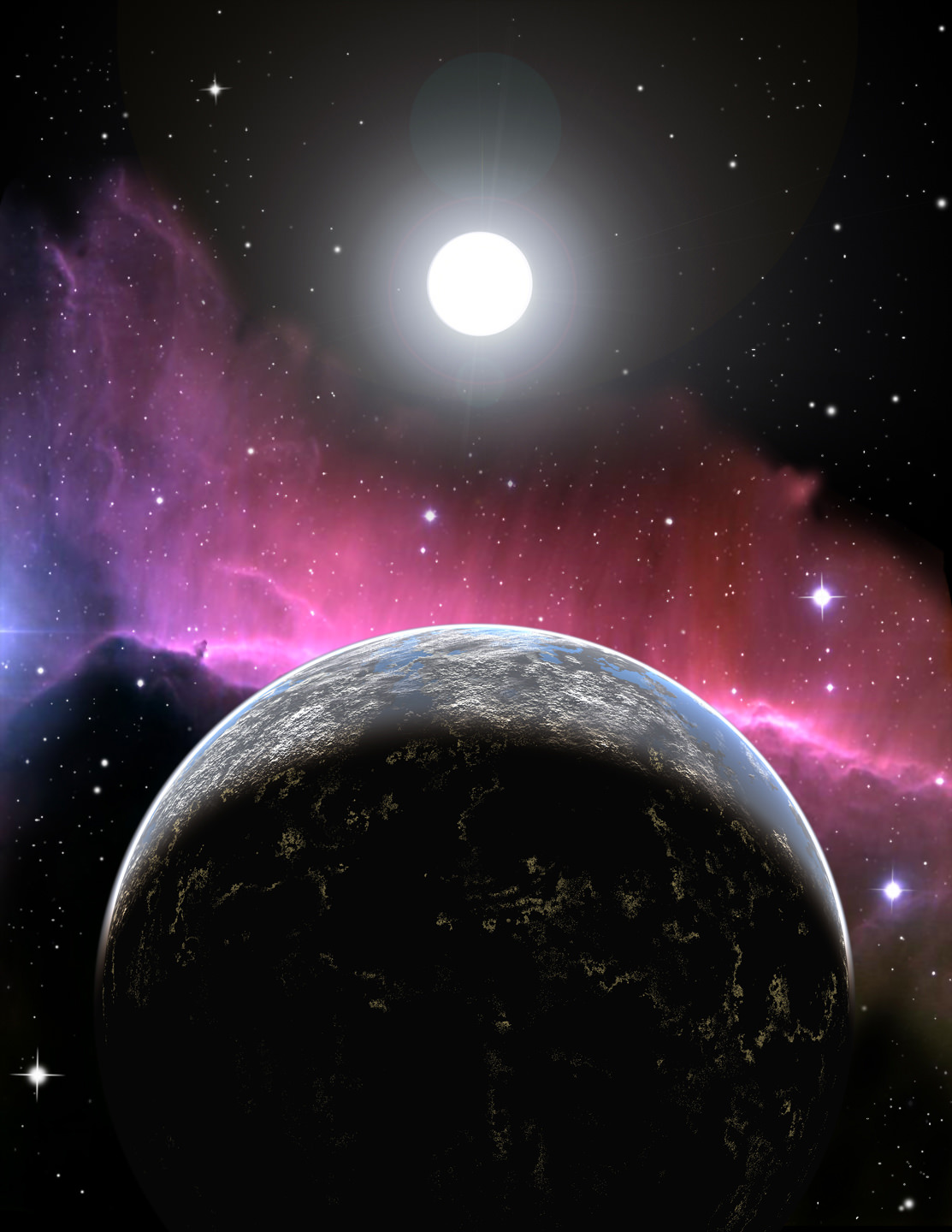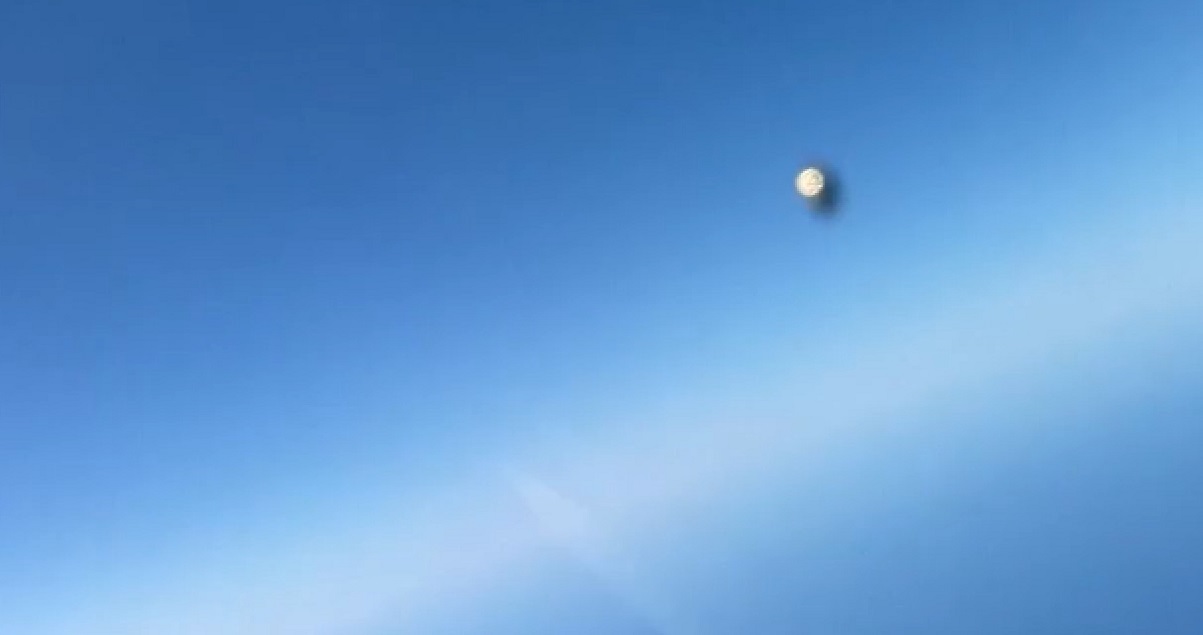For generations, humans have dreamed, speculated, and theorized about the possibility of journeying to distant stars, finding habitable planets around them, and settling down. In time, the children of these bold adventurers would create a new civilization and perhaps even meet the children of Earth. People could eventually journey from one world to another, cultures would mix, and trade and exchanges would become a regular feature. The potential for growth that would come from these exchanges – intellectually, socially, politically, technologically, and economically – would be immeasurable.
Expanding humanity’s reach beyond the Solar System is not just the fevered dream of science fiction writers and futurists. It has also been the subject of very serious scientific research, and interest in the subject is again on the rise. Much like sending crewed missions to Mars, establishing permanent outposts on the Moon, and exploring beyond cislunar space with human astronauts instead of robots – there is a growing sense that interstellar travel could be within reach. But just how ready are we for this bold and adventurous prospect? Whether we are talking about probes vs. crews or technological vs. psychological readiness, is interstellar travel something we are ready to take on?
This was a central question raised at a public outreach event aptly named “Interstellar Travel: Are We Ready?” that took place at the 8th Interstellar Symposium: In Light of Other Suns, held from July 10th to 13th at the University of McGill in Montreal, Quebec. The symposium was hosted by the Interstellar Research Group (IRG), the International Academy of Astronautics (IAA), and Breakthrough Initiatives – in coordination with the University of McGill – and featured guest speakers and luminaries from multiple disciplines – ranging from astronomy and astrophysics to astrobiology, geology, and cosmology.
Continue reading “Is Humanity Ready to Realize the Dream of Interstellar Travel?”
